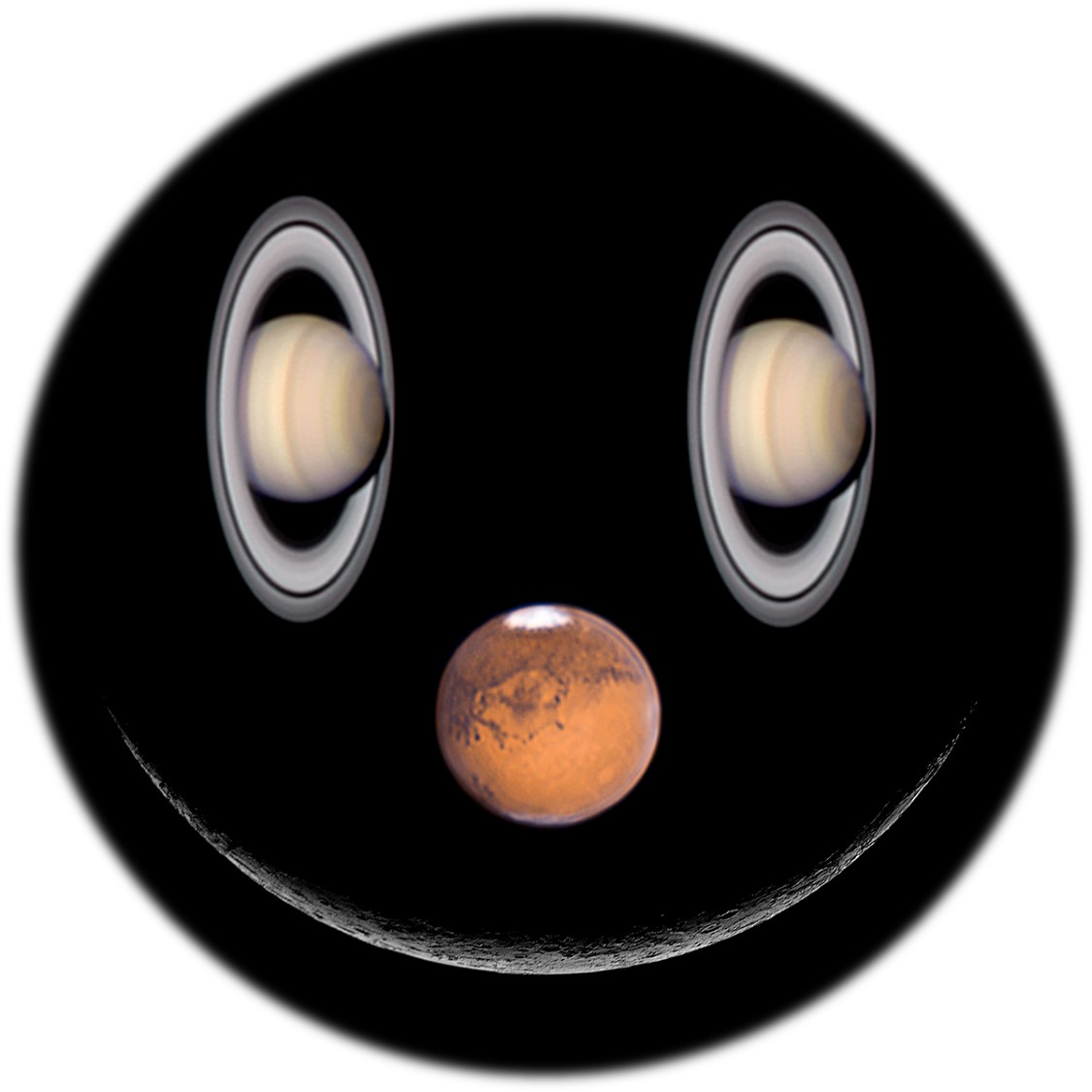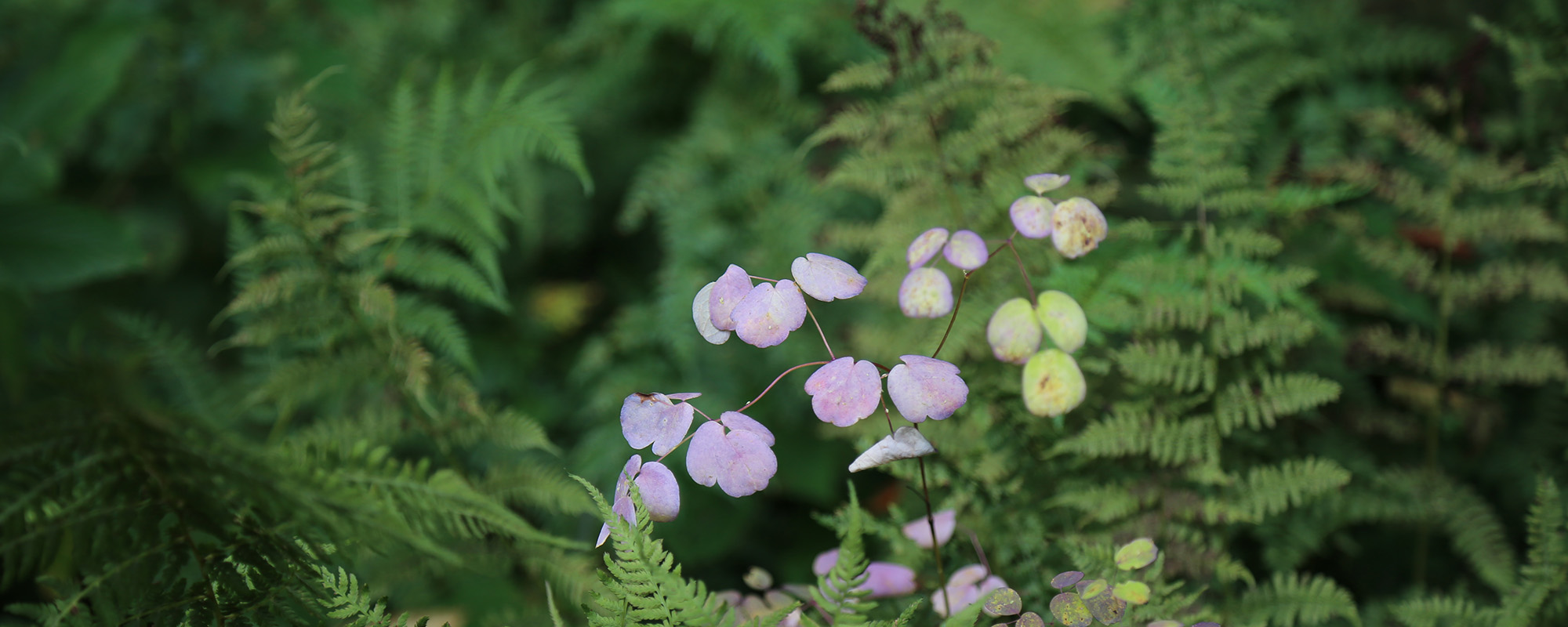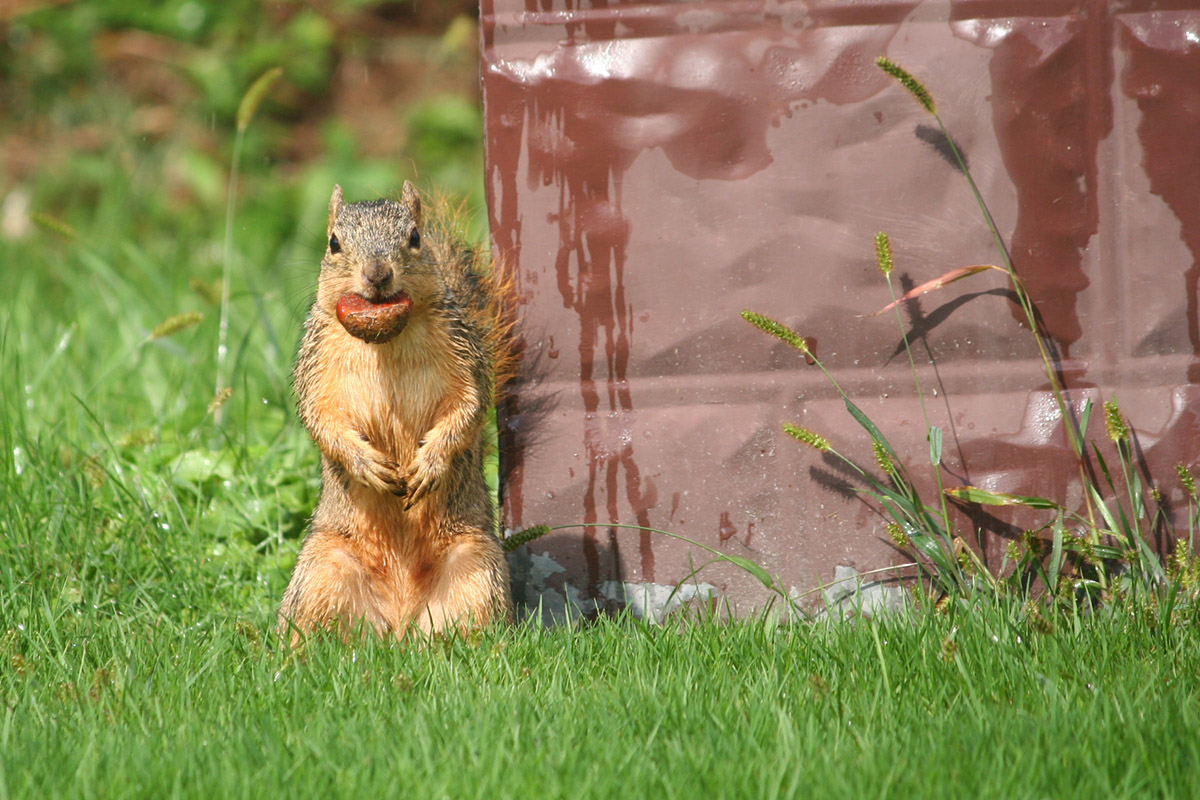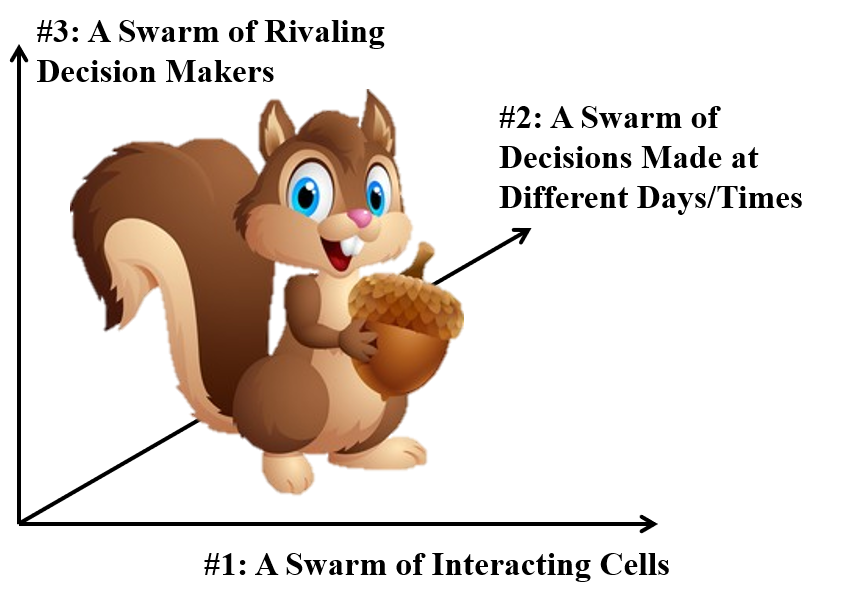Are you currently stuck on a hard problem? I am. I’m actually stuck on several problems, which I think is a good thing. Let me explain why.
Let’s first look at the relationship between people and problems. I can think of four possibilities:
- One person vs. one problem. Assuming this problem is solvable but is very hard (i.e., there are only a few possible ways of solving it), what would be the chance that this one person is able to find a solution? It’s possible but would take a lot of (relevant) skill, luck, and persistence. If a person is stuck on a problem, does this mean he or she is not a good problem solver? No; maybe just not a good fit, or lucky enough, or spent enough time on it (e.g., time was consumed by self-doubting instead). Also, some problem may not be a good fit to any one person, it would take a team of diverse background to solve.
- Multiple people vs. one problem. Things are a bit more promising here. Maybe someone would come up with something, and another person can build on it, and so on. This is partially collective intelligence and partially just the tried-and-true brute force method of increasing the number of trials. For example, if you invite enough people to a party, someone will bring a gift you actually wanted.
- One person vs. multiple problems. From the perspective of increasing trails, this is similar to the one above, without having to bother other people! If you keep several problems in (the back of your) mind, and you are maybe not able to solve most of them most of the time, but you may get lucky occasionally on one of them. I often work in this mode, but I am aware of my limitations.
- Multiple people vs. multiple problems. I don’t fully understand this one yet, but to a limited degree this is how IRL operates.
Let’s now think about the problem of robot problem solving. Robots today are generally not good problem solvers, but we are trying to improve that.
- One robot vs. one problem. If the problem is what the robot programed for, it would work extremely well. Arguably this is not robot problem solving though, because the problem has already been solved. If the problem is not what the robot was prepared for, most likely it would get stuck. Yes, robots do get stuck quite often.
- Multiple robots vs. one problem. If each robot here makes its own decisions, this may become a robot swarm. A swarm is known to be able to solve problems not explicitly planned for, but we don’t fully understand it yet.
- One robot vs. multiple problems. If we stop optimizing around one particular cost/reward function, but instead celebrating every meaningful thing a robot did, we may find novel ways for a robot to solve many different problems. Those problems and solutions are mostly irrelevant, but could become useful at some point. There are much to be done to harvest these randomly gathered experiences.
- Multiple robots vs. multiple problems: If many robots are operating like #3 above, I really have no clue what would be the implications. It would be fun to try though.
Now back to us. You and I are particles participants in a giant Monte Carlo experiment called the human society, that’s how I see it at least. From a global perspective, it’s more important that someone solves the society’s big problems than who solves these problems. If the system is well designed (that’s a big if, and itself one of the hardest problems), creative ideas would emerge one after another. This is the hope for the multiple people vs. multiple problems argument. For us, individually, we don’t have control of when a good idea may come. But we can choose to be not totally stuck, and there may be ways to do that.



